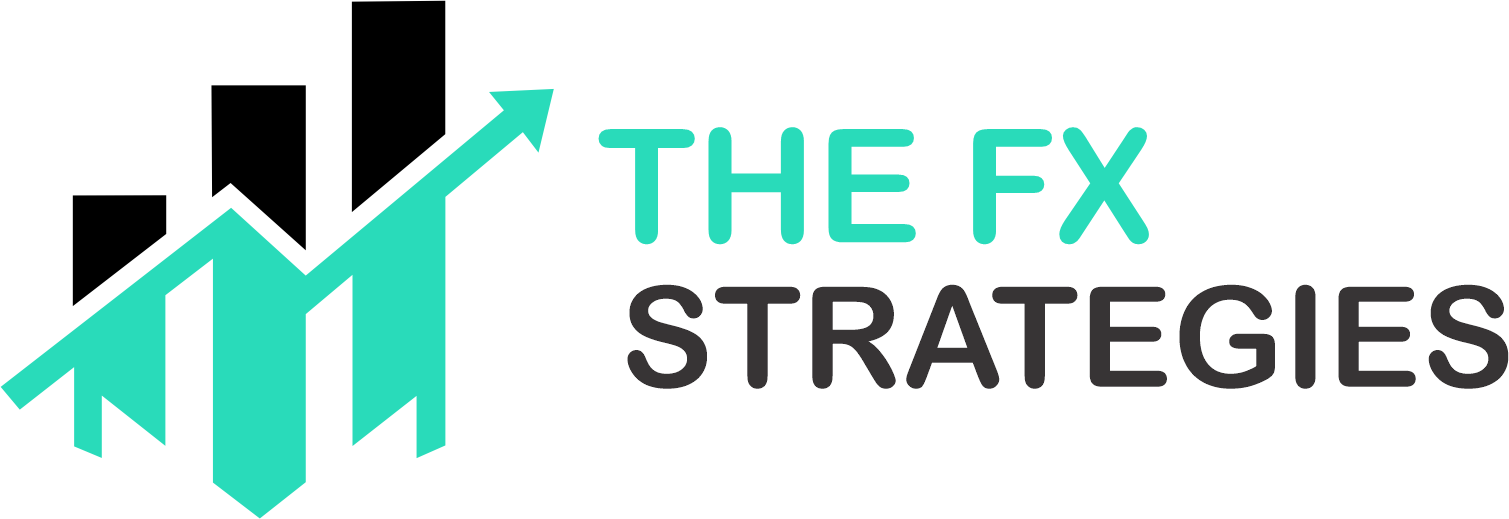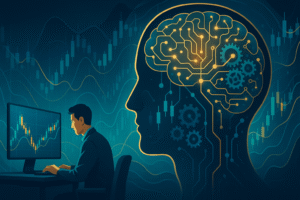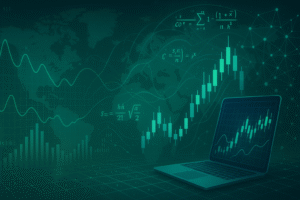What Is Automated Forex Trading?
Automated Forex trading, also known as algorithmic or robotic trading, is the use of computer software to trade in the foreign exchange (Forex) market without human intervention. The main objective of automated Forex trading is to maximize trading opportunities while minimizing human error and emotion. With advancements in technology, traders can now execute their strategies with precision and speed, making automated trading an attractive option for both beginners and experienced traders.
Understanding Automated Forex Trading
At its core, automated Forex trading involves the use of computer programs or “trading robots” that execute trades based on pre-set criteria or algorithms. These algorithms analyze the market conditions, identify trading opportunities, and automatically open, manage, and close trades without requiring direct human input.
Automated trading systems are programmed to follow specific rules and strategies, whether they are based on technical indicators, chart patterns, or even artificial intelligence. This type of trading allows for faster execution, reduced emotional bias, and a more disciplined approach to trading.
How Does Automated Forex Trading Work?
Automated Forex trading works by executing trades based on pre-determined conditions set by the trader. These conditions could include factors such as price levels, moving averages, or indicators like Relative Strength Index (RSI). Once the conditions are met, the software opens or closes trades automatically.
The key components of an automated Forex trading system include:
-
Trading Strategy: The trader must first define their strategy. This could be a simple trend-following system or a more complex strategy involving multiple indicators.
-
Algorithm: Once the strategy is defined, the algorithm is created. This is essentially a set of instructions or rules that tell the system when to buy, sell, or hold based on the market conditions.
-
Broker Integration: The trading algorithm is integrated with a Forex broker’s trading platform, allowing the system to execute trades directly in the market.
-
Risk Management: Most automated trading systems also come with built-in risk management tools, such as stop-loss and take-profit orders, to help control risk and protect profits.
Benefits of Automated Forex Trading
Automated Forex trading offers numerous benefits, making it an attractive option for both novice and professional traders:
1. Emotion-Free Trading
One of the biggest challenges for human traders is managing emotions, such as fear and greed. These emotions can lead to poor decision-making, such as entering a trade too early or holding onto a losing position for too long. Automated systems eliminate these emotional influences, as they strictly follow the programmed rules.
2. Increased Speed and Efficiency
Automated trading systems can analyze the market and execute trades at a much faster rate than a human can. This allows traders to capitalize on opportunities in real-time, especially in fast-moving markets like Forex.
3. 24/7 Trading
The Forex market is open 24 hours a day, 5 days a week. Automated trading systems can run continuously without the need for a break, allowing traders to take advantage of market opportunities even when they are asleep or unavailable.
4. Backtesting Capabilities
Most automated trading systems come with backtesting features, allowing traders to test their strategies on historical market data. This helps them assess the effectiveness of their strategy before using it in live trading, reducing the risk of losses.
5. Diversification
Automated systems allow traders to manage multiple accounts or strategies simultaneously. This means they can trade in multiple currency pairs or implement different strategies at the same time, thus increasing their chances of success through diversification.
Risks of Automated Forex Trading
While automated Forex trading offers several advantages, it is not without its risks. It is important to understand the potential pitfalls before using an automated system:
1. Technical Failures
Automated trading systems rely on technology, which means there is always the possibility of technical failures, such as connectivity issues or system crashes. These problems could result in missed trades or unintended losses.
2. Over-Optimization
Many traders make the mistake of over-optimizing their trading algorithms. While it may seem beneficial to fine-tune a strategy to fit past data perfectly, this can lead to overfitting, where the system performs well on historical data but fails in real market conditions.
3. Lack of Adaptability
Automated systems are only as good as the algorithms they are based on. If the market changes or experiences unforeseen events, an automated trading system might not be able to adapt quickly enough, leading to losses.
4. Cost of Software and Subscriptions
Some automated trading systems come with high upfront costs or subscription fees. While these systems can save time and improve efficiency, the costs can add up, especially for new traders with limited capital.
How to Get Started with Automated Forex Trading
Getting started with automated Forex trading is simpler than most people think. Here are the basic steps to begin trading automatically:
1. Choose a Reliable Broker
The first step is to select a Forex broker that supports automated trading. Look for brokers that offer the necessary features, such as MetaTrader 4 (MT4) or MetaTrader 5 (MT5), which are popular platforms for automated trading.
2. Select an Automated Trading System
There are many automated trading systems available, ranging from free tools to premium software. Beginners may want to start with a free or low-cost option to test the waters, while experienced traders may prefer more advanced systems with customizability and sophisticated strategies.
3. Test Your Strategy with Backtesting
Before diving into live trading, it’s important to test your trading strategy using historical market data. Most trading platforms allow users to backtest their strategies to see how they would have performed in the past.
4. Monitor Your Trades
Even though automated systems work independently, it is important to monitor them regularly. Keep track of performance, adjust parameters as needed, and ensure that everything is running smoothly.
5. Practice Risk Management
Make sure your automated system includes proper risk management tools, such as stop-loss orders, to minimize potential losses. Even though automated trading can remove emotions from the equation, it is still important to manage risk effectively.
Popular Automated Forex Trading Platforms
There are several platforms available for automated Forex trading, each with its own set of features and benefits. Some of the most popular platforms include:
-
MetaTrader 4 (MT4) – One of the most widely used trading platforms for automated trading, MT4 allows traders to develop and implement custom trading robots (Expert Advisors) to execute trades automatically.
-
MetaTrader 5 (MT5) – The newer version of MT4, MT5 offers more advanced features, such as additional timeframes, improved charting, and more order types.
-
cAlgo (cTrader) – A trading platform designed specifically for algorithmic trading, cAlgo allows traders to automate strategies using the C# programming language.
-
TradeStation – A professional trading platform that supports automated trading with advanced backtesting and strategy-building tools.
-
NinjaTrader – A platform that provides automated trading solutions, especially for futures and Forex markets, with advanced charting and analysis features.
Conclusion
Automated Forex trading is a powerful tool for traders looking to maximize their efficiency and reduce emotional influences in the trading process. By understanding the basics of automated trading, selecting a reliable platform, and implementing sound risk management practices, beginners can take full advantage of this technology.
However, it’s important to remember that no system is foolproof. Automated trading systems are only as effective as the strategies they are built on, and unexpected market events can still lead to losses. As with any form of trading, it’s essential to approach automated Forex trading with careful planning, proper risk management, and continuous monitoring.


